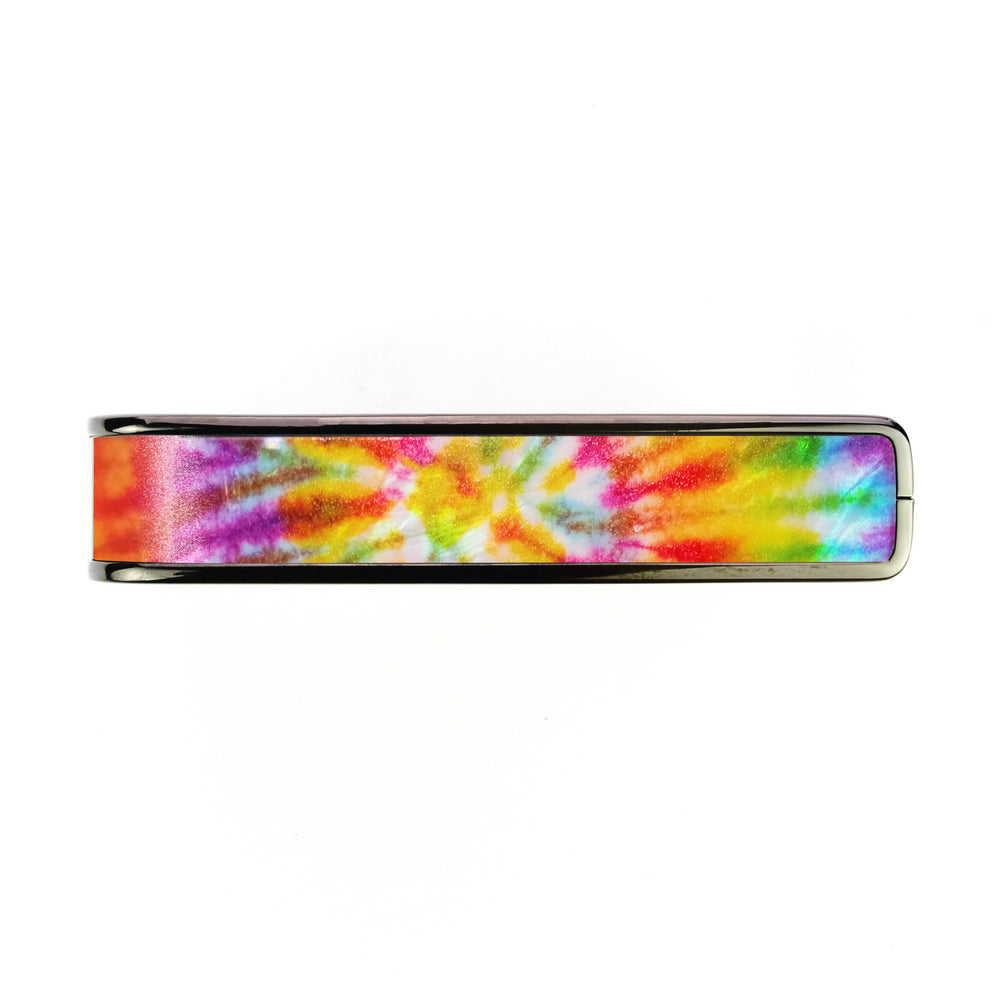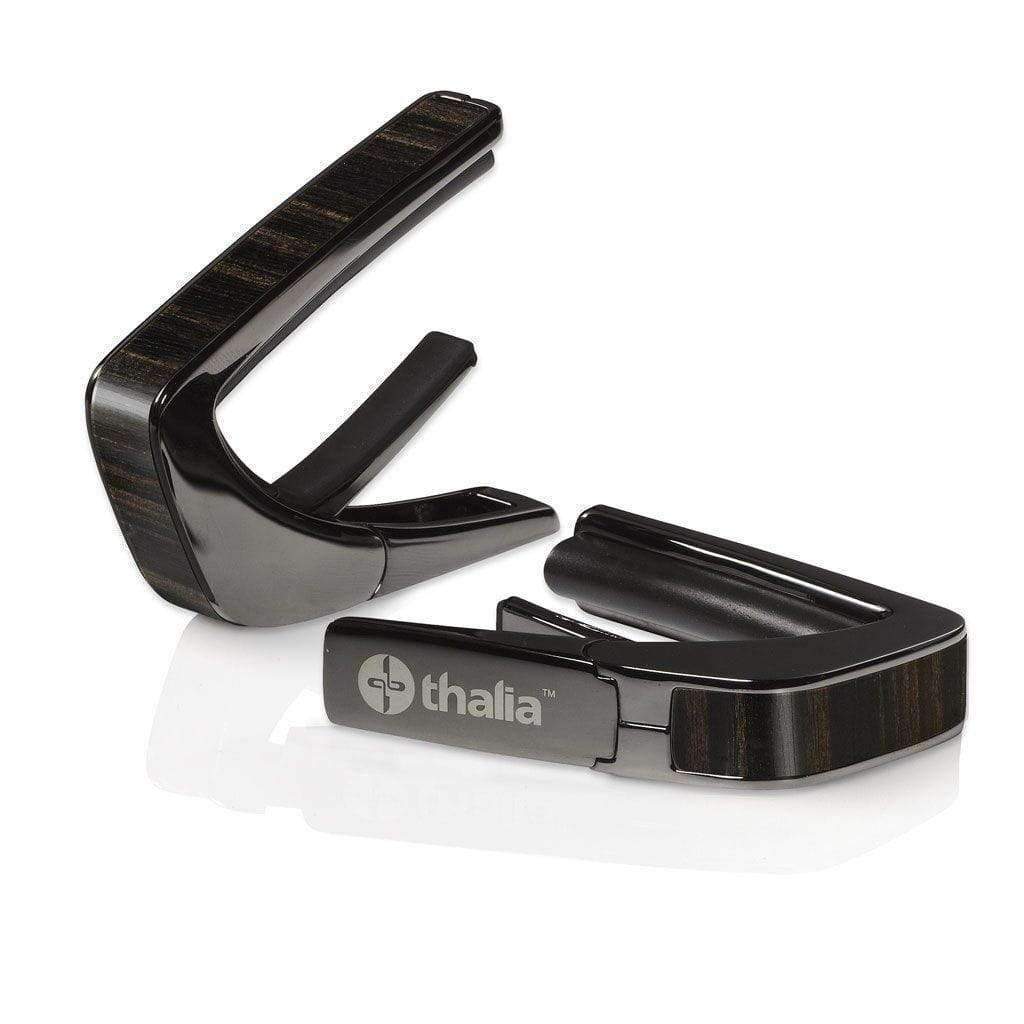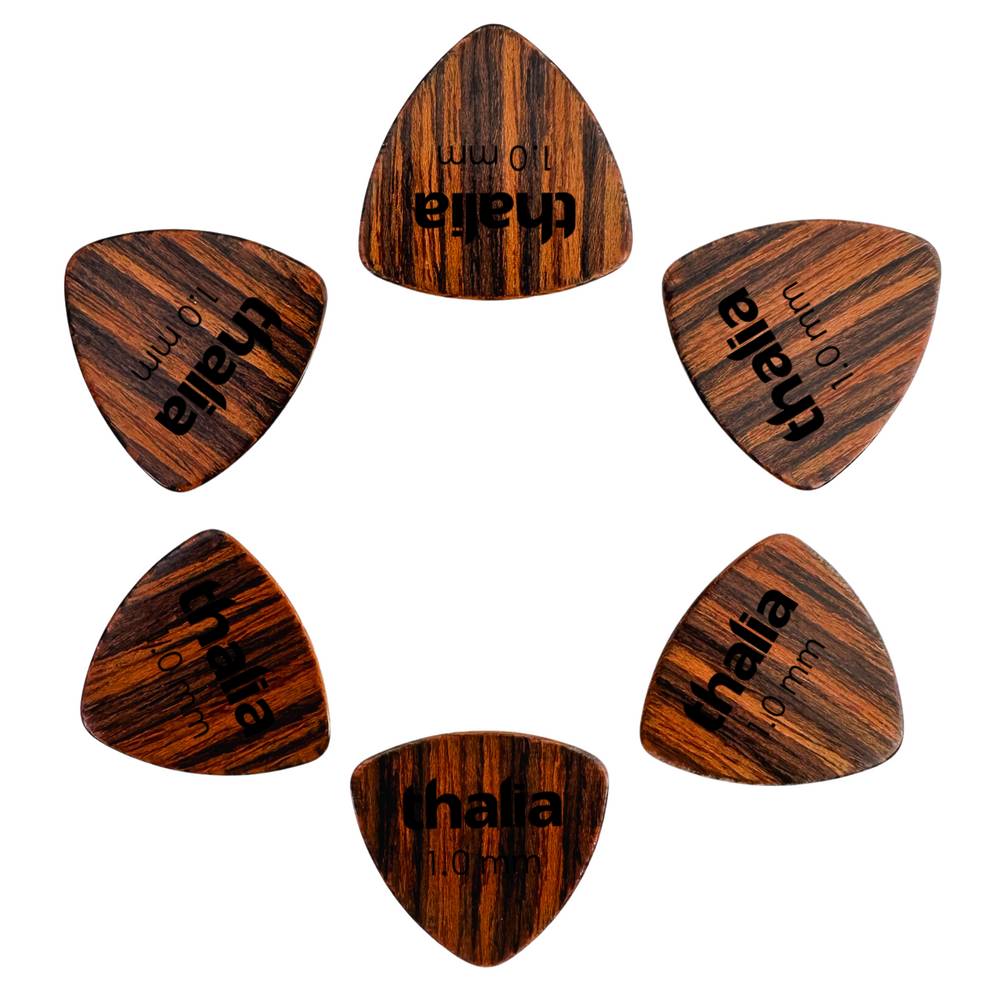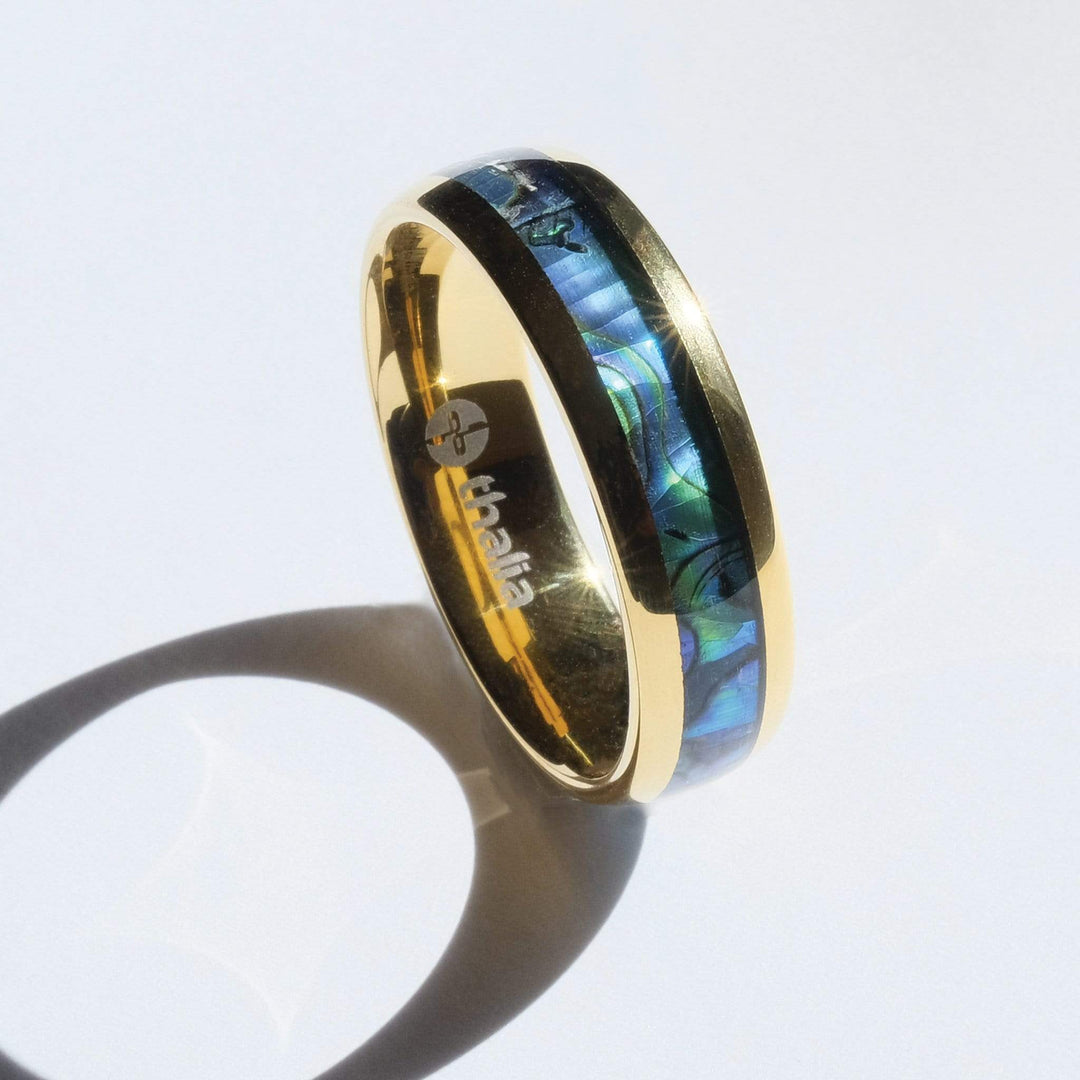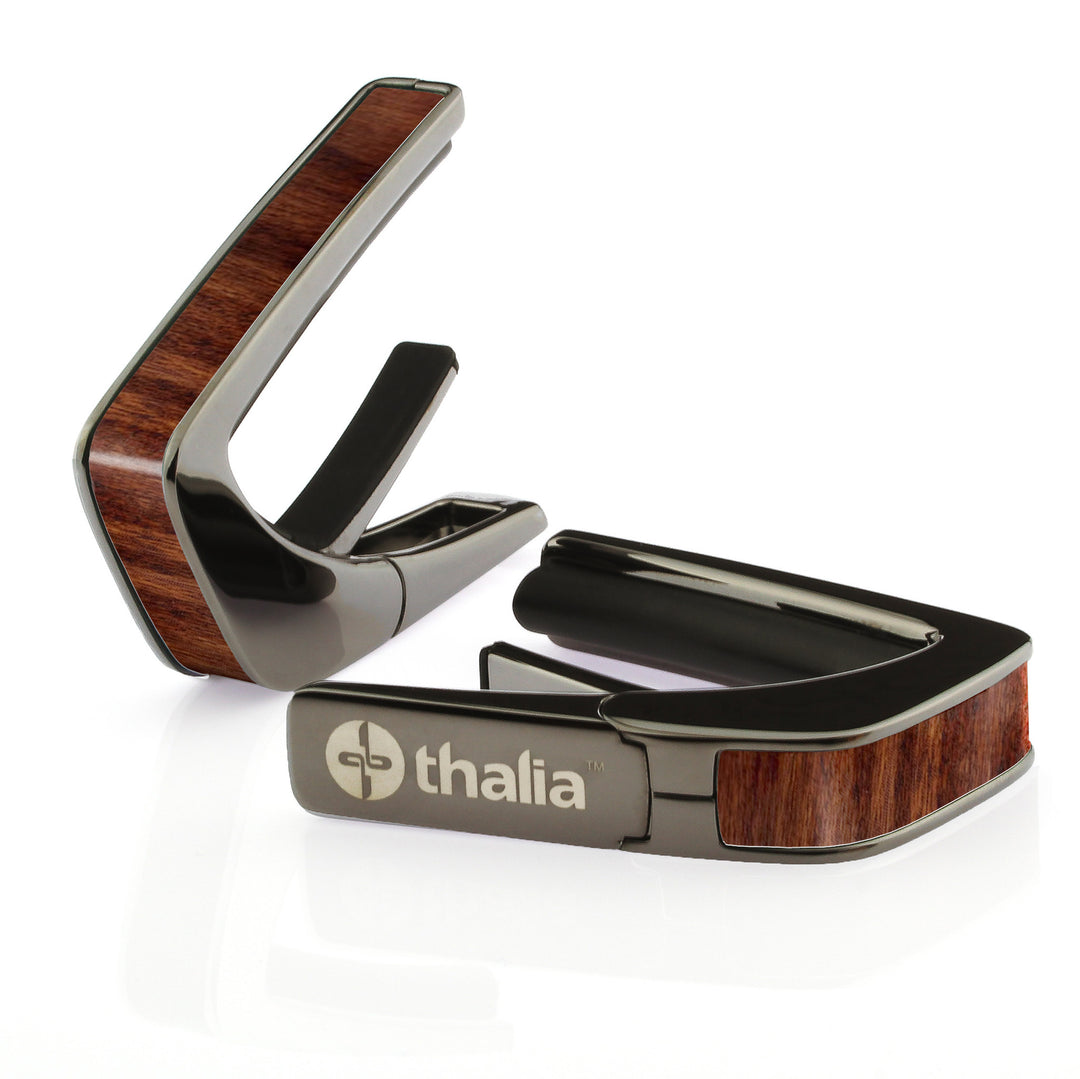Cigar Box Guitars: The History of a Folk Instrument Phenomenon
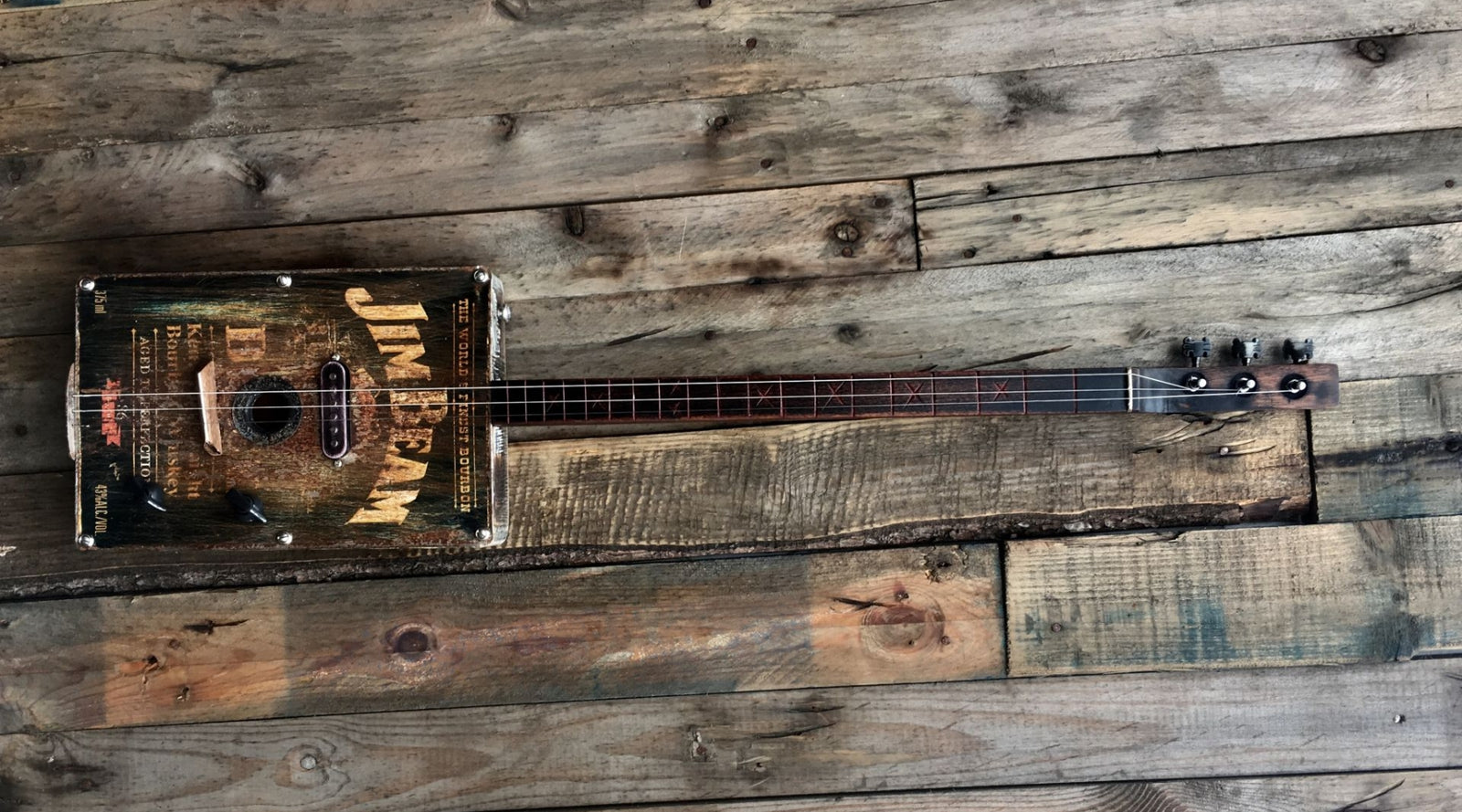
These days, when it comes to buying guitars, we’re spoilt for choice.
As a quick browse of one of internet’s myriad musical instrument retailers will show you, there’s a six-string out there for every budget.
Looking for a sub-$100 starter set to dip your toes in the water? You’ve got it. Want a $4000 custom shop instrument built to your specifications with your choice of finishes? No problem.
And, if you want to save some money, flex your crafty muscles and build your own instrument, parts and equipment are easier than ever to come by, and at a range of prices to boot.
This wasn’t always the case, though.
The emergence of the mid-range guitar market is a relatively recent phenomenon.
In the past, if you wanted a guitar on a budget, it meant building your own. And, because there wasn’t the widespread availability of guitar parts we have today, you had to get creative using the materials at your disposal.
That’s where the story of the Cigar Box guitar comes in. Today, we’re exploring the origins of these fascinating folk instruments, and why they’re making a comeback today.
 The origin of cigar box guitars can be traced back to 1840 and, perhaps unsurprisingly, the emergence of the small, portable cigar box. Due to its small size and widespread availability, the cigar box made for the perfect body to a low-cost, DIY instrument. It seems that would-be strummers took to using them straight away, as trace evidence of cigar box instruments exists from 1840 to the 1860s.
The origin of cigar box guitars can be traced back to 1840 and, perhaps unsurprisingly, the emergence of the small, portable cigar box. Due to its small size and widespread availability, the cigar box made for the perfect body to a low-cost, DIY instrument. It seems that would-be strummers took to using them straight away, as trace evidence of cigar box instruments exists from 1840 to the 1860s.
In 1876, the first illustrated evidence of a cigar box instrument was published in Frank Leslie’s Illustrated Newspaper. An etching by artist Edwin Forbes, it showed two Civil War Soldiers at a campsite with one playing a cigar box fiddle. Then, in 1890, Daniel Carter Beard – co-founder of the Boy Scouts of America – published plans on how to build a 5-string, fretless banjo from a cigar box as part of Beard’s American Boy’s Handy Book.
In the 1930s, the Cigar Box Guitar had a resurgence, in no small part due to the Great Depression. With musical instruments beyond the reach of many, a cigar box, broom handle, wires and a screen door could be used to create a viable alternative – a much-needed source of entertainment in trying times.
After the war, and with the economy on the rise, it looked as if the Cigar Box Guitar was consigned to the pages of history. But, the past decade has seen a surprising revival of the DIY instrument.
In part, it’s because of the pedigree of incredible musicians that cut their teeth on a homemade six-string. Jimi Hendrix, Roy Clark and Carl Perkins all started out on a DIY Cigar Box instrument. They’re also a link to the musical past, with a connection to both the jug band and delta blues scenes of the 1930s. As Shane Speal – a Cigar Box authority and self-appointed “King of the Cigar Box Guitar” –states, certain delta staples didn’t sound “right" until he played them on a homemade Cigar Box instrument:
I had been killing myself trying to play Sylvester Weaver’s ‘Guitar Rag’ on my acoustic. When I finished the three-stringer, that song just flowed out. It had the sound of grit, dirt and sweat of the Delta.”
According to Speal, there are two core components to the Cigar Box Guitar revival.
 The first is these instruments’ quirkiness:
The first is these instruments’ quirkiness:
“A CBG is quirky and appears ‘broken’ from the start. They just don’t look like they should play any music. I love to see jaws hit the floor when I shove a socket on my finger and wail away.”
The second is the creative freedom that they give to their owners:
“There are no rules as far as building or playing CBGs. If you can dream it, then do it. There is an army of CBG’ers encouraging new recruits to build their own. While the rest of the world is rehashing Eric Clapton and Pink Floyd tablature, we’re blazing new trails. We’re writing history as we go along.”
It doesn’t look like the renewed interest in the Cigar Box Guitar is going away soon. And, thanks to their resurgence, aficionados and newbies alike are starting to reassess the sonic potential of this once forgotten folk instrument.
Have you ever built a Cigar Box Guitar? Did any of your heroes start out their playing journey on one? As always, share your stories in the comments.







